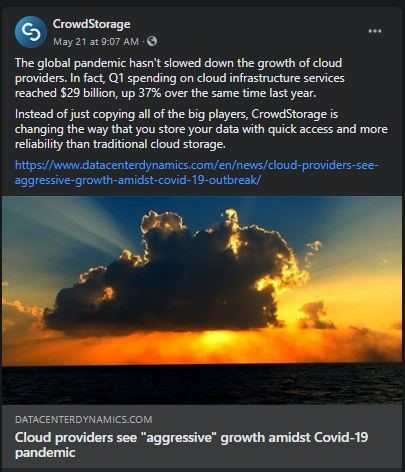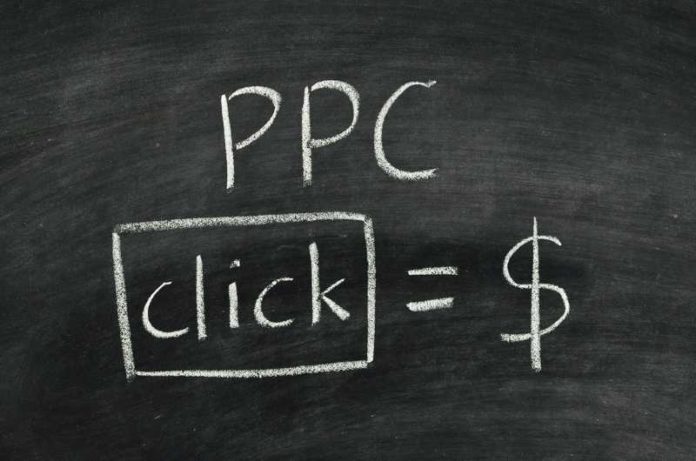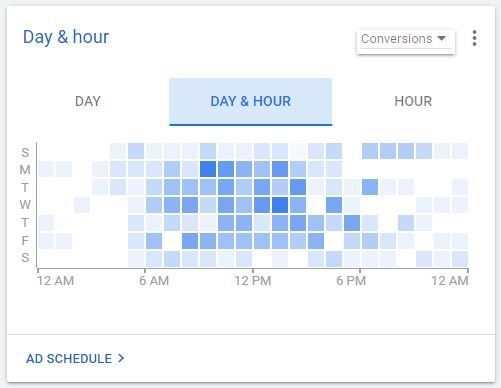As the stock market and other reports are constantly reminding us, the economy is not in a great place these days. Fear and uncertainty create sporadic waves of ups and downs that are making it difficult for many businesses to keep afloat. With so many heavy costs to manage, decreasing your PPC or pausing it entirely might look pretty tempting. But is that a good idea?
Many advertisers who think that the PPC game has become either too expensive or too futile to play simply need to revisit their strategy. In this article, we’ll talk about some things you can do to optimize your ads, cut unnecessary costs, and boost your ROAS so that you can succeed even in the midst of a rough economy.
1. Don’t Give Into Fear-Based Reasoning
First things first: don’t give in to fear-based decision making. Fear-based decision making is bad decision making. When the economy looks glum and the sales have slowed, it’s easy to get nervous and slash ad spend. Maybe it seems like that’s what everyone else is doing. The problem is that many times this decision has more to do with emotional biases rather than good data. If your PPC campaign needs some slimming down, let the data make that decision.
Besides, this might be your big break. Thanks to your frightened competitors dropping out of the race, you may have noticed that your CPC these days is better than it has been in a long time. Many industries bloom and continue to thrive in spite of the harsh economic conditions, such as the distributed storage industry.
 2. Cut Your Less Profitable Keywords
2. Cut Your Less Profitable Keywords
If you’re trying to increase ROAS and get a better bang for your buck, you might be able to find some low-hanging fruit in your keyword and position level data. Start by looking at your keywords, and analyzing the cost per conversion section.
You’ll notice that some keywords give a much higher cost per conversion than others – find these ones and put them on pause. When the economy is strong you might want to take on some risk and compete for these, but if you’re looking for unnecessary waste, cut them out for the time being. Consider taking the ad spend from these keywords and dedicating it instead to those with a cheaper cost per conversion.
 3. Beware of Excessive Bidding
3. Beware of Excessive Bidding
For different keywords, look at how much you’re paying per click compared to the market rates. It frequently occurs that Google’s estimates of how high your bids need to be to secure a top position are far too high. Rather than taking Google’s suggestion right off the bat, start high and then incrementally lower your bids to find that sweet spot where you’re getting a relatively high position for a relatively low cost.
Also, recognize that having your ad appear in position #1 might not be all that it’s hyped up to be. Frequently, lower results score just as well on conversion rates and win just as high-quality traffic as the first position. If you are in the first position, check to make sure that on average you’re not bidding too much more than your #2 competitor. After all, you can’t rank better than #1.
Note: this kind of strategy requires you to switch parts of your account to manual bidding instead of automatic bidding.
Although manual bidding gives you more control overall, it can sometimes prove too tedious for the results it provides. Additionally, as platforms get smarter, automatic bidding strategies seem to become more and more profitable comparatively. These are generalizations, however, and it may be that you find a gold nugget of savings when you adopt a more hands-on approach of micromanaging your bids for certain keywords. As with all marketing strategies, test different techniques and then analyze the data to see what actually works.
4. Revisit Your Dayparting Strategy
The day and hour chart on Google Ads offers interesting information about when your ads are making you the most money. Because of how much people’s schedules and buying habits change during unstable economic times, new insights about when to deliver your ads may have appeared. If you’re looking to downsize your budget, choose the most profitable days to run ads and lower your bids for all other days.
However, many companies experience relatively flat conversions across different days and times, and if this is your situation, you might not find many opportunities in the dayparting area.
Go With The Flow
Economic climates are always changing. Marketers need to remember that the best marketing is simply the ability to adapt quickly. The “new normal” of our economic situation has its setbacks, but we’re finding that it’s not all bad. As you navigate the new normal and implement new strategies, hopefully, these tips will guide you to update your PPC approach and succeed in the hard times as well as in the good times.
Ryan Cook is a marketer and a writer at heart, Ryan loves to use hard data to guide his approach. His latest work has been with Epic Marketing, a marketing agency near Salt Lake City, Utah. He specializes in paid search media, content marketing, and SEO. He also loves working on his novel and going on hikes with his wife.
PPC stock photo by pupunkkop/Shutterstock









